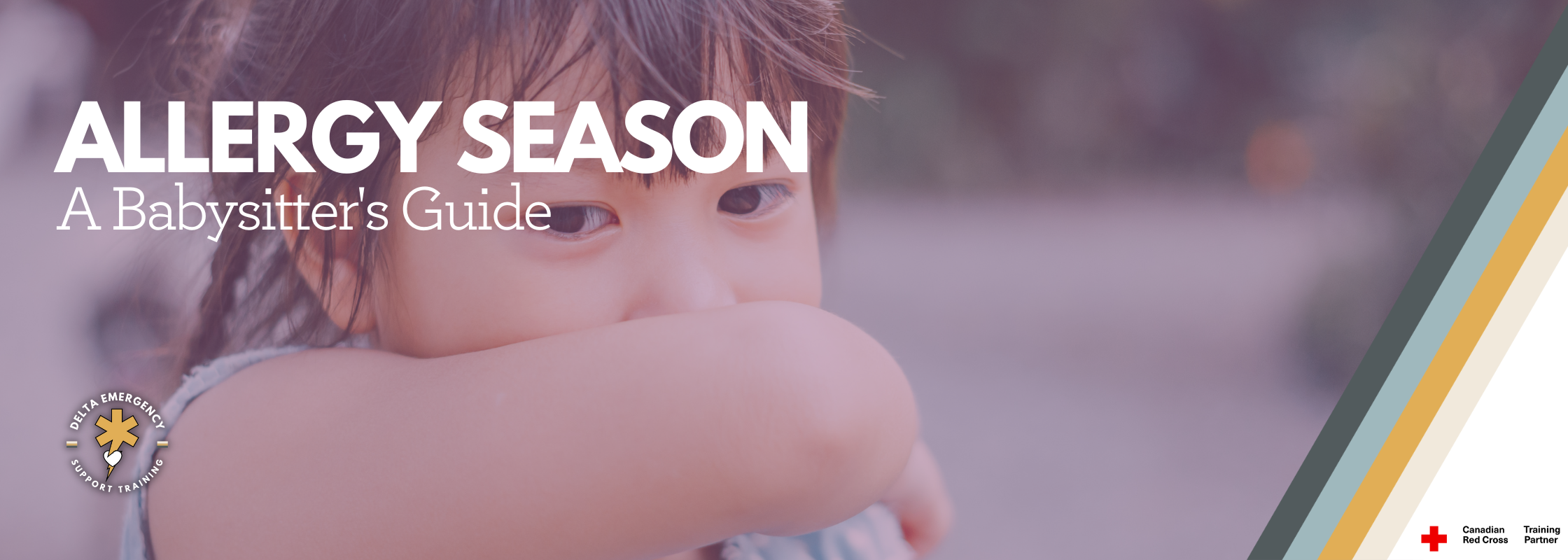Spring Allergies: A Babysitter's Guide to Keeping Kids Comfortable
/Small child with allergies
As spring blooms and the air fills with the scent of flowers, it also brings along something less pleasant: seasonal allergies. For babysitters, this time of year can present unique challenges when caring for children who are prone to allergies. Whether you're a seasoned sitter or new to the game, understanding how spring allergies can affect kids and what you can do to help can make a world of difference in keeping both you and your little charges sane and sniffle-free.
Understanding Spring Allergies
Before diving into strategies for managing spring allergies in children, it's crucial to understand what causes them. Spring allergies, also known as hay fever or allergic rhinitis, are typically triggered by pollen from trees, grasses, and weeds. When these tiny grains are inhaled, they can cause the immune system to overreact, leading to symptoms like sneezing, congestion, itchy eyes, and a runny nose.
Children are not immune to the woes of seasonal allergies, and in fact, they can be more susceptible due to their still-developing immune systems. Additionally, kids tend to spend more time outdoors during the spring months, increasing their exposure to pollen.
Recognizing Symptoms
As a babysitter, it's essential to be able to recognize the signs of spring allergies in the children you're caring for. Symptoms may vary from child to child, but common indicators include:
Frequent sneezing
Runny or stuffy nose
Itchy or watery eyes
Coughing
Fatigue or irritability
If you notice these symptoms in a child under your care, especially if they seem to worsen when spending time outdoors, it's essential to communicate with their parents and follow any guidance or medication instructions they provide.
Managing Spring Allergies
While you may not be able to control the pollen count outside, there are several steps you can take as a babysitter to help alleviate symptoms and keep kids comfortable:
1. Limit Outdoor Time
On days when pollen counts are high, try to keep outdoor activities to a minimum, especially during the early morning hours when pollen levels tend to peak. Instead, opt for indoor activities like arts and crafts, reading, or playing games.
2. Keep Windows Closed
While it may be tempting to let in the fresh spring air, keeping windows and doors closed can help prevent pollen from entering the home and exacerbating allergy symptoms. If the weather permits, use air conditioning instead.
3. Encourage Handwashing
Encourage frequent handwashing, especially after outdoor playtime. Pollen can easily stick to hands and clothing, so a thorough wash can help remove any allergens and prevent them from being transferred to the face.
4. Create an Allergy-Friendly Environment
Consider using allergy-proof pillow and mattress covers in the child's bedroom to minimize exposure to dust mites and other indoor allergens. Additionally, regularly vacuuming and dusting can help keep indoor allergens at bay.
5. Offer Allergy Medication
If the child's parents have provided allergy medication, make sure to administer it according to their instructions. Antihistamines can help alleviate symptoms like sneezing and itching, but always double-check dosage guidelines and any potential side effects.
6. Stay Informed
Stay up-to-date on local pollen forecasts and be aware of any specific allergens that may be prevalent in your area. This knowledge can help you better anticipate and manage allergy symptoms in the children you're caring for.
Conclusion
Spring allergies can put a damper on outdoor fun, but with the right strategies in place, you can help keep kids comfortable and symptom-free. By understanding the causes and symptoms of seasonal allergies and taking proactive steps to minimize exposure to allergens, you can ensure that your babysitting adventures are filled with laughter and play instead of sneezes and sniffles.




